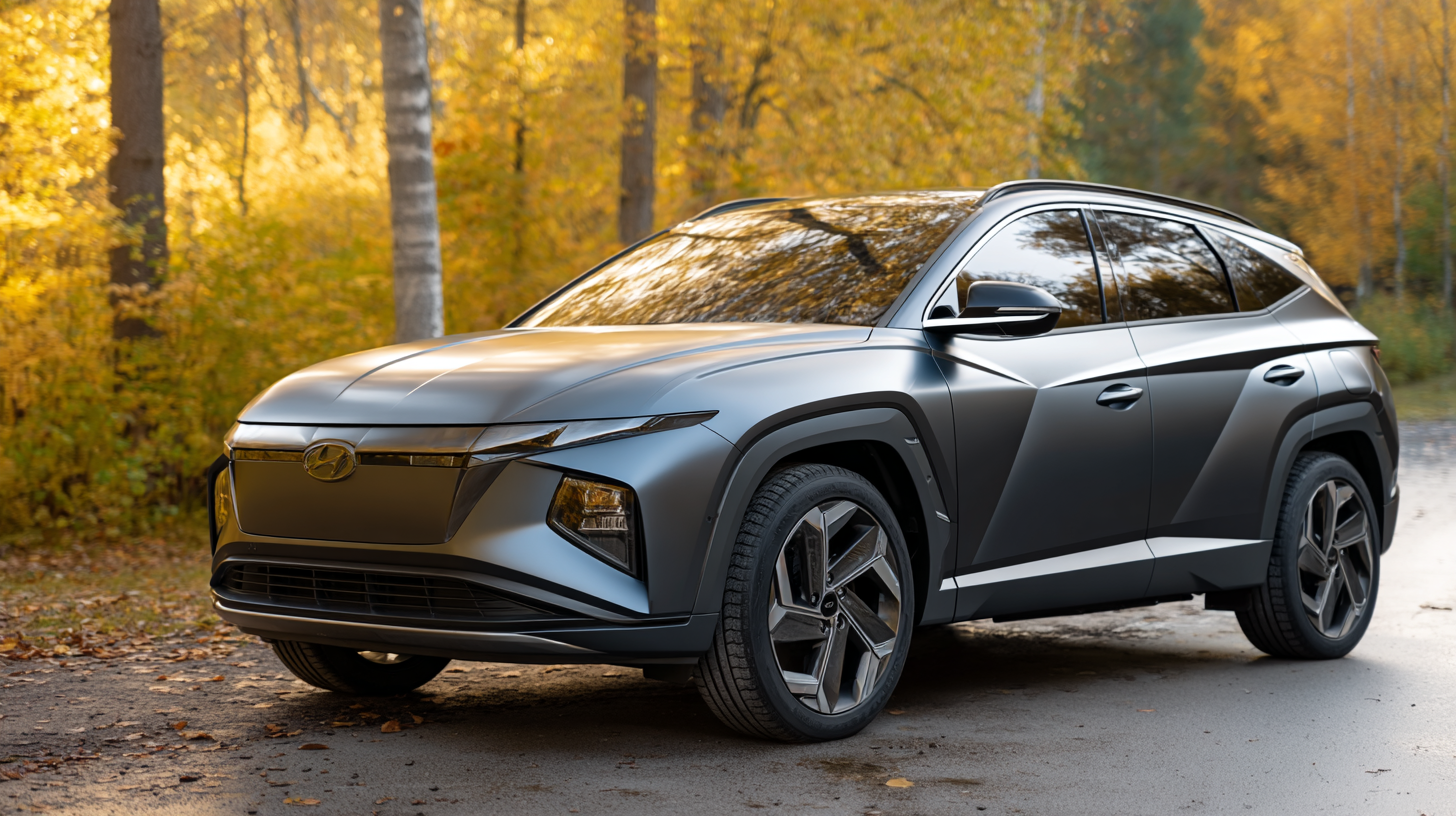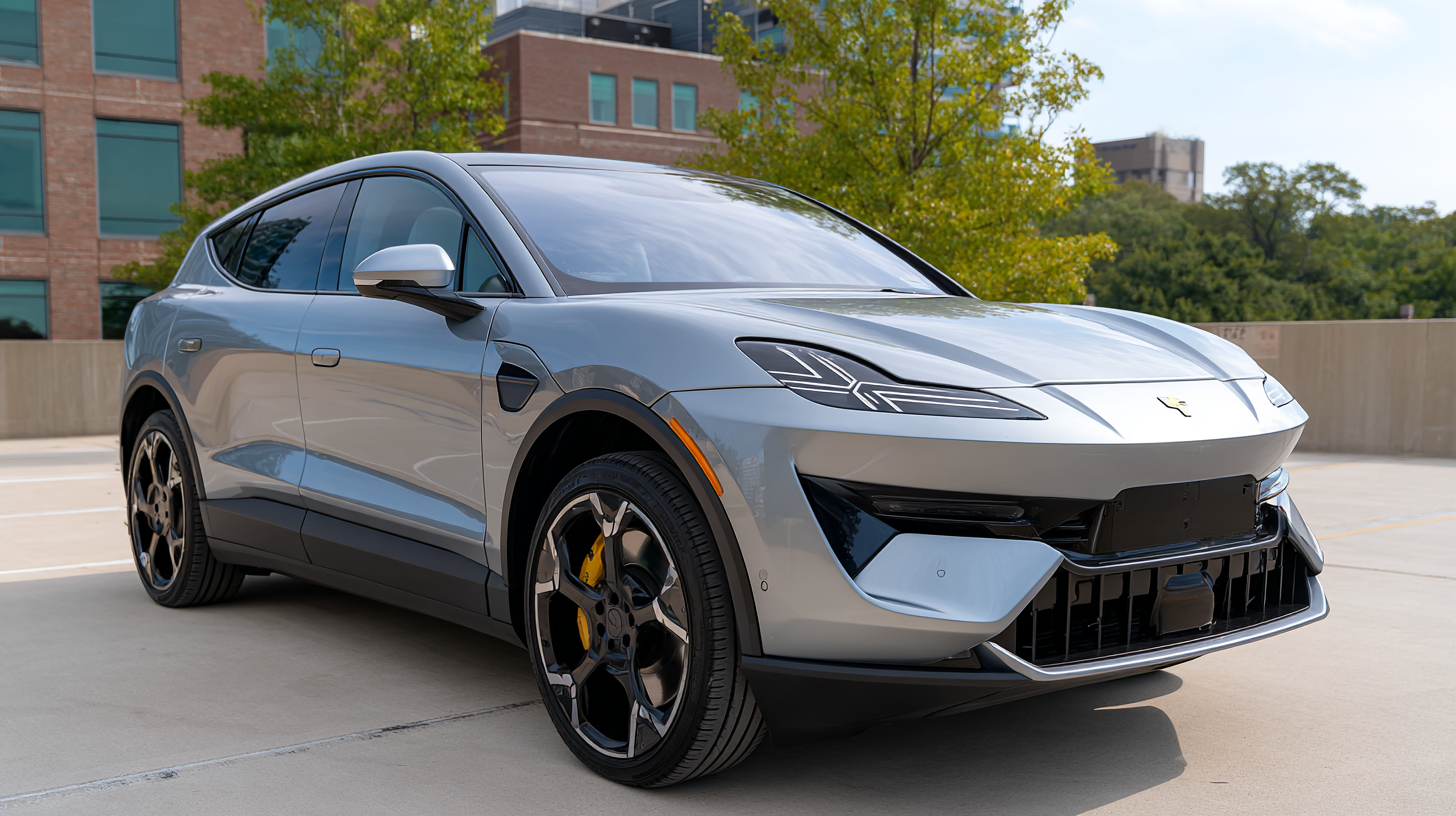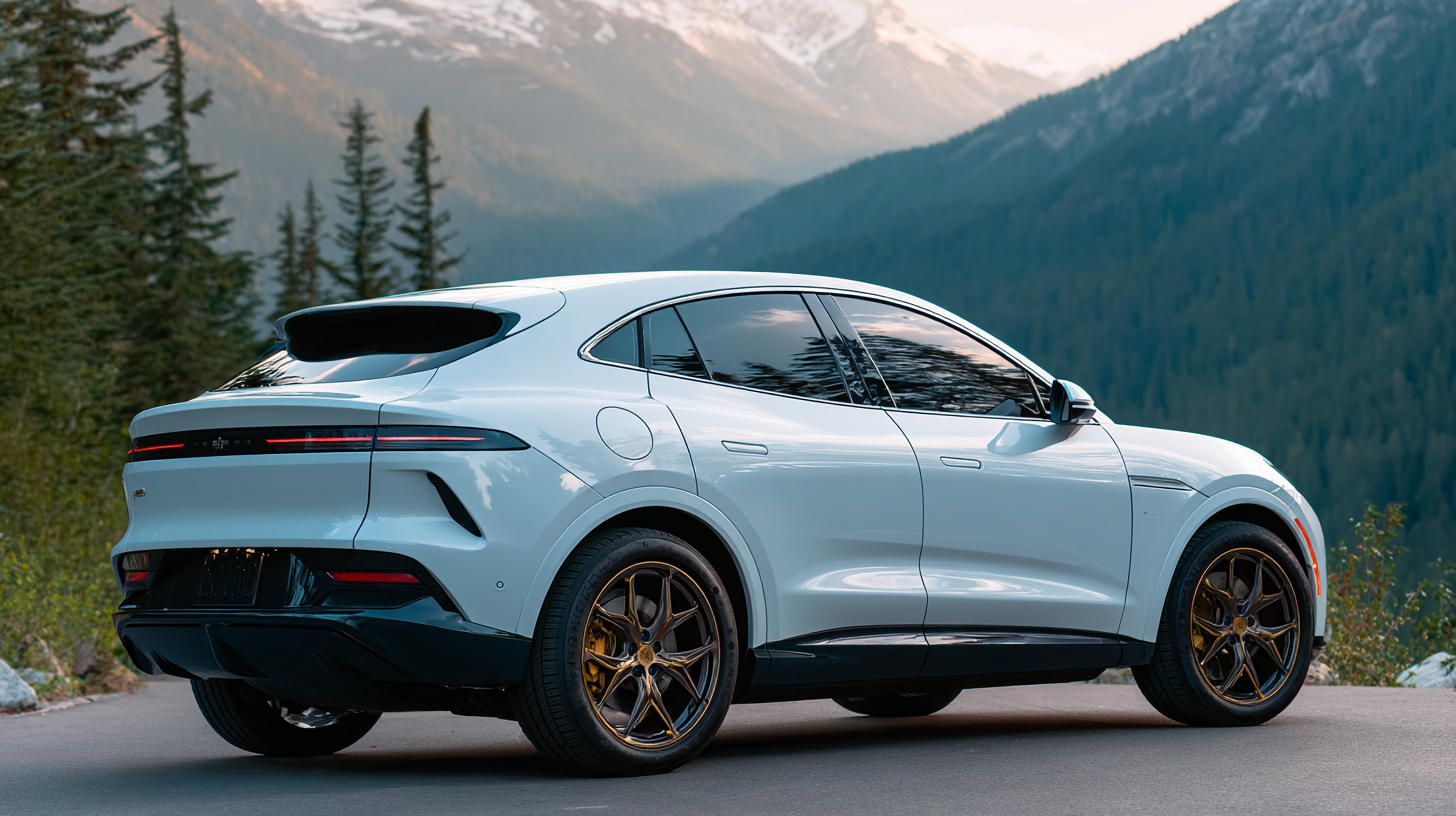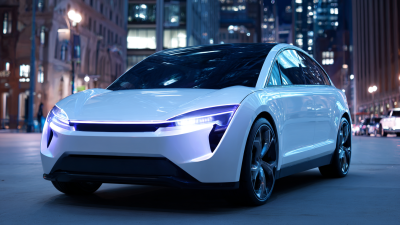 The All Electric SUV market is poised for remarkable growth, with projections indicating a surge of 30% by 2025. According to a recent report by the International Energy Agency (IEA), electric vehicles (EVs) are expected to represent 20% of global car sales by 2025, driven by consumer demand for sustainable transportation. As automakers shift their focus toward electrification, the All Electric SUV segment is particularly attractive due to its combination of spaciousness, technology, and eco-friendliness. Furthermore, advancements in battery technology and government incentives are significantly enhancing the appeal of these vehicles.
Navigating this evolving landscape, consumers are increasingly considering All Electric SUVs as practical alternatives to traditional gas-powered vehicles, making it essential to explore the factors fueling this trend and its implications for the automotive industry.
The All Electric SUV market is poised for remarkable growth, with projections indicating a surge of 30% by 2025. According to a recent report by the International Energy Agency (IEA), electric vehicles (EVs) are expected to represent 20% of global car sales by 2025, driven by consumer demand for sustainable transportation. As automakers shift their focus toward electrification, the All Electric SUV segment is particularly attractive due to its combination of spaciousness, technology, and eco-friendliness. Furthermore, advancements in battery technology and government incentives are significantly enhancing the appeal of these vehicles.
Navigating this evolving landscape, consumers are increasingly considering All Electric SUVs as practical alternatives to traditional gas-powered vehicles, making it essential to explore the factors fueling this trend and its implications for the automotive industry.
The all-electric SUV market is poised for significant growth, driven by a combination of consumer demand and innovative advancements in technology. One of the primary factors propelling this demand is the increasing awareness of environmental issues. As more consumers strive to reduce their carbon footprint, electric SUVs offer a sustainable alternative to traditional fuel-powered vehicles. This trend is particularly pronounced among younger generations who prioritize eco-friendly choices and are more inclined to invest in vehicles that align with their values.

Another compelling factor is the continuous improvement in electric vehicle (EV) infrastructure. The expansion of charging stations and advancements in battery technology have alleviated concerns about range anxiety, making EVs more practical for everyday use. Additionally, many governments are implementing incentives such as rebates and tax credits for electric vehicle purchases, further boosting consumer interest. As automakers invest in innovative designs and features tailored to meet the needs of modern drivers, the all-electric SUV segment will likely attract an even broader audience, setting the stage for remarkable market growth by 2025.
Technological advancements are playing a pivotal role in the anticipated growth of the all-electric SUV market, projected to increase by 30% by 2025. Innovations in battery technology are at the forefront, with the development of solid-state batteries promising improved power, longer range, and faster charging capabilities. These batteries not only enhance vehicle performance but also significantly impact the overall production and supply chain dynamics within the electric vehicle sector.
Furthermore, automotive manufacturers are focusing on redefining electric mobility through innovative designs and spacious interiors that cater to consumer preferences. Recent models unveiled emphasize the integration of cutting-edge technology with user-friendly experiences, pushing the envelope in both functionality and aesthetics. As the market evolves, advancements in thermal management systems for electric vehicle batteries are also enhancing efficiency, ensuring that these vehicles can perform optimally in various conditions, thereby increasing consumer confidence in electric SUVs.
| Dimension | 2023 Estimates | 2025 Forecast | Growth Rate (%) |
|---|---|---|---|
| Total EV Market Size (Billion $) | 90 | 117 | 30 |
| Number of Electric SUVs (Million Units) | 5 | 6.5 | 30 |
| Average Driving Range (Miles) | 220 | 300 | 36.36 |
| Charging Infrastructure Growth (Units) | 50,000 | 80,000 | 60 |
| Battery Technology Efficiency (%) | 90 | 95 | 5.56 |
The growth of the all-electric SUV market is largely influenced by government incentives and policies that aim to promote the adoption of electric vehicles (EVs).
These initiatives often include tax credits, rebates, and grants designed to make electric SUVs more affordable for consumers.
As governments across the globe prioritize reducing carbon emissions, the financial support for EV buyers not only incentivizes individual purchases but also encourages manufacturers to invest in electric technology and infrastructure,
further expanding the market.
In addition, stringent emissions regulations are pushing automakers to innovate and transition toward electric powertrains.
Governments are implementing policies that require a certain percentage of new vehicle sales to be zero-emission models, which directly contributes to the anticipated growth in the all-electric SUV segment.
Combined with increasing awareness about climate change and a shift in consumer preferences toward sustainable options,
these supportive policies create a robust environment for the electric SUV market to thrive, resulting in a projected growth rate of 30% by 2025.
As consumer preferences shift toward sustainable transportation, the all-electric SUV market is positioned for remarkable growth. According to a recent Deloitte report forecasting the consumer goods and retail landscape up to 2025, there is a significant increase in demand for electric vehicles (EVs) as awareness of climate change issues continues to rise. The report highlights that over 550 retail companies are evolving their strategies to align with these environmentally-conscious consumer behaviors, leading to an anticipated market growth of 30% in electric SUVs by 2025.
Emerging technologies also play a crucial role in this transition. A United Nations report emphasizes that sustainable transportation is essential for achieving global sustainable development goals. Innovations in zero-carbon energy production and advancements in electric vehicle technology are crucial in addressing climate challenges. Furthermore, market research indicates that autonomous vehicle technologies are expected to reshape urban transport systems, benefiting from increased investments and changes in policy that prioritize sustainability. As a result, the convergence of consumer demands and technological innovation is set to redefine the automotive landscape, pushing towards a greener future.

The electric SUV market is poised for significant growth, fueled by emerging trends and key players in the sector. According to a recent report by ResearchAndMarkets, the global electric SUV market is expected to experience a compound annual growth rate (CAGR) of over 30% by 2025, driven by increased consumer awareness of sustainability and rising fuel prices. As automakers pivot towards electric options, major players like Tesla, Ford, and Volkswagen are innovating to capture market share with new models and technologies.
One prominent trend shaping this market is the adoption of advanced battery technologies. The evolution of lithium-ion batteries is enhancing the range and performance of electric SUVs, making them more appealing to consumers. Furthermore, enhanced charging infrastructure is reducing range anxiety, with companies like ChargePoint and Electrify America expanding their networks to meet growing demand.
**Tip:** When considering an electric SUV, examine the available charging options in your area to ensure convenience and accessibility. Additionally, keep an eye on manufacturers like Rivian and Lucid Motors, which are entering the market with innovative features that appeal to eco-conscious consumers. Understanding market players and trends can further guide informed purchasing decisions.
The all-electric SUV market is expected to experience significant growth, with projected increases of 10% in 2023, 20% in 2024, and 30% by 2025. This rise in market share is driven by growing consumer demand, advancements in battery technology, and increasing government regulations emphasizing sustainability.






